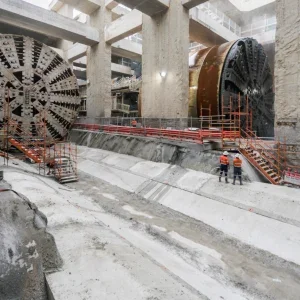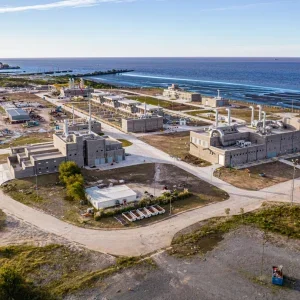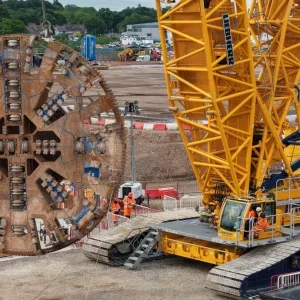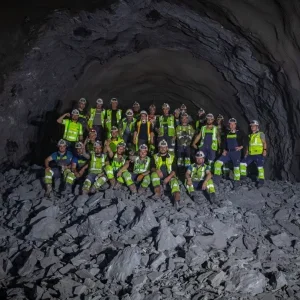
A Herrenknecht variable density TBM for the Catania Metro in Sicily passed its Factory Acceptance Test last week.
SIS, a Finninc and Sacyr joint venture, will deploy the machine on the metro section between Misterbianco and Paternò, and an additional section between Monte Po and Misterbianco, which connects to an existing line.
A variable density TBM was specified because of the project’s close proximity to Mt Etna. Subsoil in the volcanic area is highly variable and both temporary and permanent works must meet strict seismic standards.
Tunnel manager for the project, Miguel Ángel Montón, said a metro project undertaken in the city several years ago used a conventional TBM and encountered “significant difficulties due to the unfavourable geological conditions”.
“The ground is extremely complex due to its heterogeneity; there are fissures, cavities, and frequent alternations between basaltic rock – lava – and softer soils. Our TBM is highly adaptable to current conditions; its operating mode can be changed on the fly using four different excavation modes, allowing us to respond in real time to the terrain. It is more complex to operate, but offers that flexibility,” said Montón.
The TBM will now be disassembled to be transported to the construction site. It is scheduled to arrive in July.
The heaviest components will be transported across the Alps using special convoys to the port of Ravenna in Italy, from where they will be shipped to Catania. The smaller components will be transported by truck across the Strait of Messina to Sicily.
On-site assembly of the TBM will take around three months, followed by approximately two weeks of commissioning and testing. Excavation is expected to begin by the end of December or early 2026.
The TBM will excavate a total of just over 5km on both sections.







